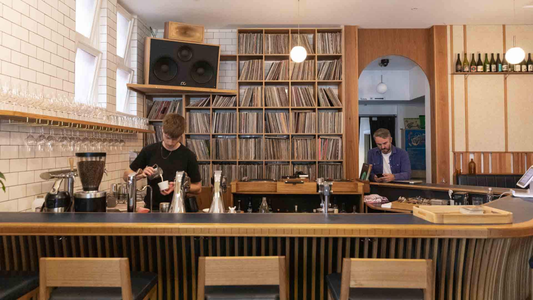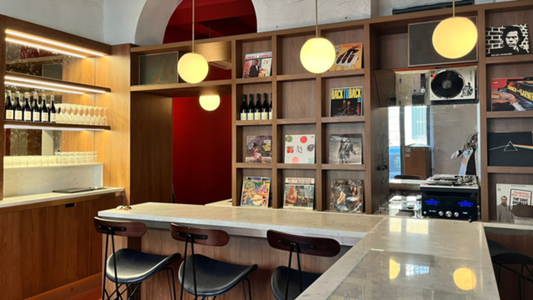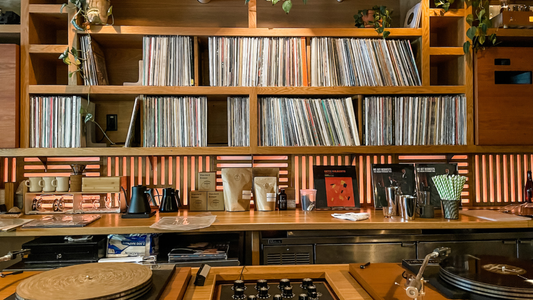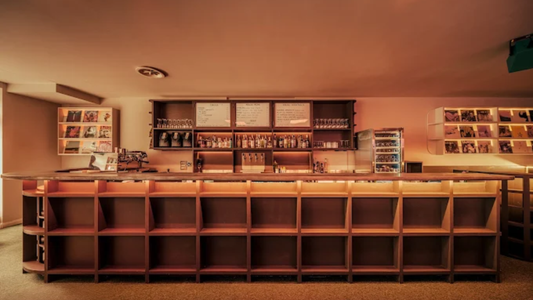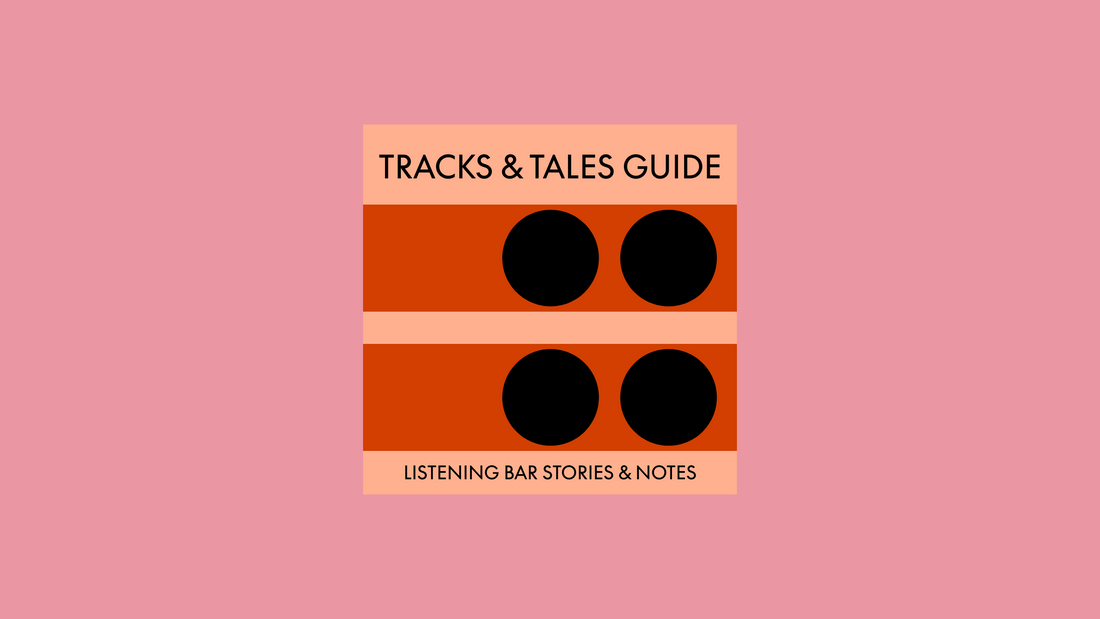
Jazz First: Why Every Home Listening Shelf Should Start Here
On the timeless gravity of jazz records and why they anchor any collection.
By Rafi Mercer
Every shelf needs a foundation. Before the eclecticism of genres, before the experiments of taste, there is a core you return to. For a listening bar, that foundation has always been jazz.
Step into a kissaten in Shinjuku, or a loft in New York, or even a small basement bar in London, and the odds are the needle is resting on a jazz LP. The first swell of horns, the hush of brushes on snare, the resonance of an upright bass: jazz simply fits these rooms. It’s not nostalgia. It’s physics, history, and mood converging in a single genre.
Why start with jazz when building a listening shelf:
- Dynamic depth — jazz moves from subtle whispers to full crescendos with grace.
- Acoustic purity — instruments recorded in detail reveal the beauty of sound itself.
- Album structure — many jazz LPs are crafted as arcs, not collections of singles.
- Cultural roots — the entire listening bar tradition began with imported jazz records.
- Mood versatility — jazz can be contemplative, energetic, or conversational.
In 1950s Tokyo, jazz wasn’t just popular — it was essential. Imported LPs cost a fortune, so kissaten owners collected them and offered access through high-end systems. For young listeners, this was the only way to experience Coltrane, Davis, or Monk in full fidelity. Jazz became the blueprint, shaping both the sound systems and the etiquette of listening.
That legacy holds. Put Kind of Blue on in a listening bar and the room leans forward. Play Bill Evans’ Waltz for Debby and suddenly the air softens, conversations draw close. Spin Mingus or Sun Ra and the atmosphere sharpens into something more adventurous. Jazz has the rare ability to tune the room without forcing it.
Even today, collectors and DJs building listening bar sets often begin with jazz crates. It is music that proves the worth of equipment. A well-recorded cymbal crash will tell you if the speakers are true. A bass run will test whether the room holds or rattles. Jazz doesn’t just sound good — it tests fidelity, and in doing so, reveals the character of the system.
This doesn’t mean a shelf should be only jazz. Soul, reggae, electronica, folk — all have their place. But start with jazz, and you set the tone. It gives the collection a gravity, a sense of depth, a centre from which everything else can orbit.
So if you’re building a listening shelf at home, begin here. One or two records from Miles, Coltrane, Evans, Mingus — and you’ll have both a foundation and a compass. Jazz first, everything else follows.
Quick Questions
Why is jazz so central to listening bars?
Because the culture began in Japanese jazz cafés where imported LPs shaped the experience.
What qualities make jazz ideal?
Its dynamics, acoustic detail, and album arcs all reward slow, attentive listening.
Should a home shelf be all jazz?
No. But starting with jazz gives your collection depth and balance from the beginning.
Rafi Mercer writes about the spaces where music matters. For more stories from Tracks & Tales, subscribe, or click here to read more.
